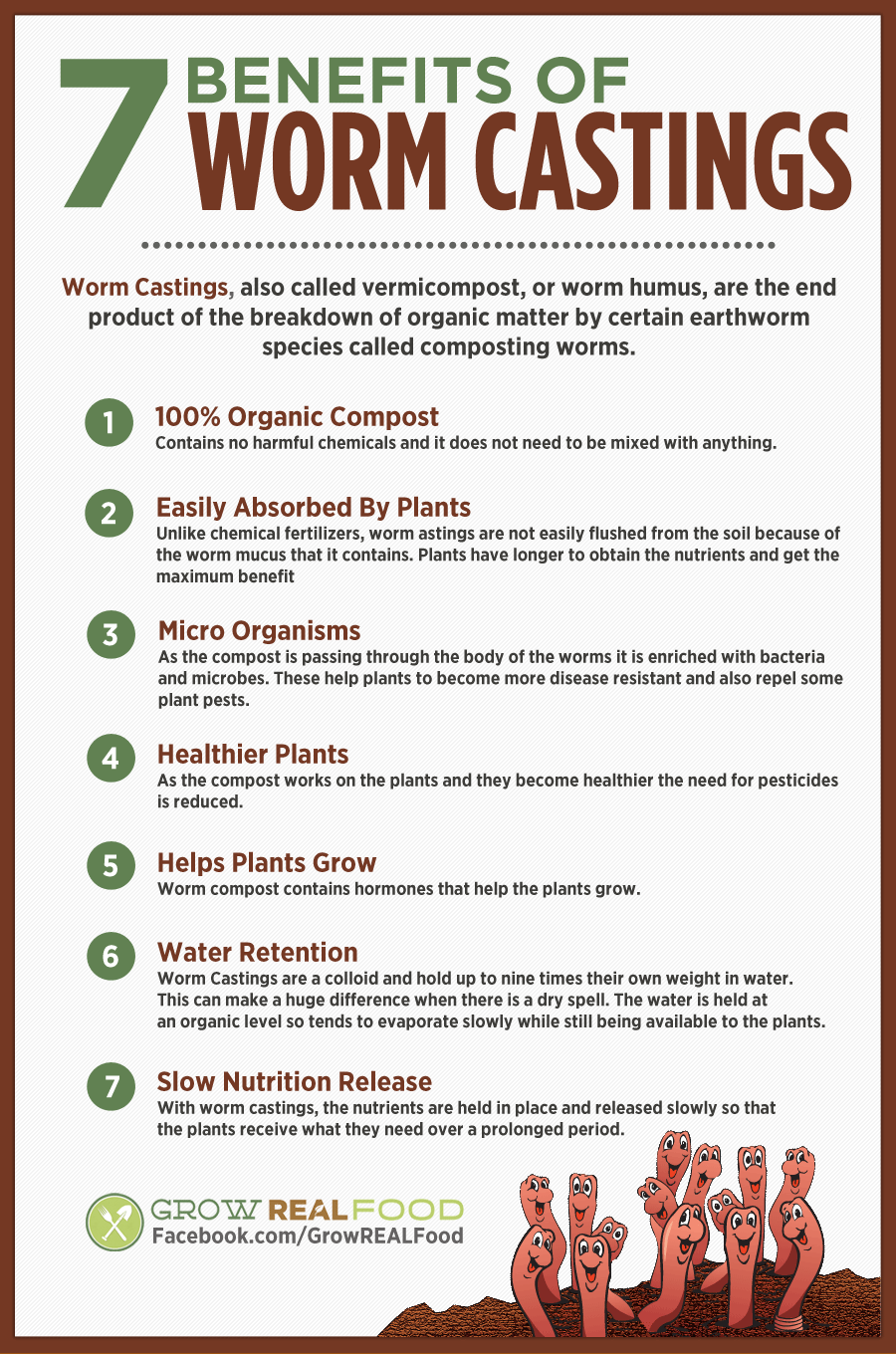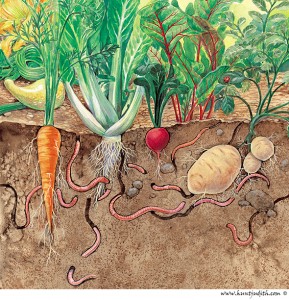Some Known Incorrect Statements About North Carolina Worms
The 10-Second Trick For North Carolina Worms
Table of ContentsIndicators on North Carolina Worms You Should KnowExcitement About North Carolina WormsNot known Factual Statements About North Carolina Worms A Biased View of North Carolina Worms
Instance: 1-gallon of worm castings to 4 gallons of potting mix. 1/2 cup in the bottom of the planting hole for smaller plants. 1 cup for larger plants.
The addition of tea can also include enhanced microbial biomass to your dirt. You can constantly side-dress your plants with worm castings any time. Simply keep in mind, the bacteria will pass away if exposed to UV rays (Sunlight), so be sure to cover the spreadings with an inch or so of soil.
This frustrated them for years till the testing methods ended up being better. They discovered that plant growth and wellness showed a Normal curve. It would certainly get better(with more castings), degree off, and then decline. They were bewildered. They ultimately discovered that excess plant-growth hormonal agents were the perpetrator. Way too many worm spreadings would speed up the growth to a speed that the plant can not recover from.
Rumored Buzz on North Carolina Worms
Lots of herbicides work with this very same concept. So, 20% by volume appears to be the "Dessert Place". I have stated the virtues of worm castings for regarding 2000 words. What regarding the opposite of the coin? Nothing is perfect. Worm castings are no different. It takes some time to produce high quality worm castings.
Worm spreadings definitely cost even more than chemical fertilizers. Worm spreadings are on the more affordable end of organic plant foods. (50 gallons per year) It is a much tougher and very costly investment to produce large quantities of worm castings.

Creating a healthy and balanced soil might be the greatest advantage of worm castings. We reviewed worm castings NPK and additionally the appropriate nutrient analysis that need to use to worm spreadings.
North Carolina Worms Fundamentals Explained
We chatted concerning some of the negative aspects associated with worm spreadings. I covered a whole lot of product in this article.
The vertical burrows are typically open, although the worms top the top with residue and waste matter. The vertical burrows are extremely essential points of access for fast water seepage into the soil, specifically in no-till systems. Air-filled porosity is vital in assisting plant origins to flourish. Roots require oxygen for their growth, whereas they produce carbon dioxide that needs to leave the soil.
Earthworms raise porosity by two mechanisms: (1) by creating irreversible burrows, and (2) by enhancing soil gathering. Gathering is enhanced by the blending of soil and raw material in the earthworms' digestive tracts. Lake Hickory Bait. These very steady aggregates are transferred by some earthworms in their burrows, and by others at the surface of the dirt


In another research study, earthworms were estimated to take in 4 to 10 percent of the top 6 inches of the soil every year. This only mosts likely to reveal the substantial quantities of dirt that can be refined by earthworms. Soil compaction reduces the porosity of the soil. Since earthworms raise porosity, they reduce the effects of compaction.
Our North Carolina Worms PDFs
Common earthworm populaces can conveniently take in 2 tons of completely dry matter per acre annually, partially digesting and blending it with dirt. The value of earthworms to mix surface area residue with soil becomes really clear in soils that do not have any earthworms. A lot of our Pennsylvania dirts contend the very least some earthworms, and the impact of their complete absence, as a result, can not be noted.
(https://www.elephantjournal.com/profile/northcarolinaworms/)In these soils, the formation of topsoil with practical raw material content did not occur, leading to poor crop growth. As soon as the reason was developed, the federal government of the Netherlands began a campaign to introduce earthworms. After the intro of the earthworms, a dark topsoil layer was created, and plant development raised substantially.
They live mainly from partially disintegrated organic matter that is currently integrated in the soil. They eat their way through the dirt, developing horizontal burrows that they fill up with their excrement. These varieties consume large quantities of dirt that they blend with digested plant residue in their guts. or anecic species stay in long-term vertical burrows that can be 5 or 6 feet deep.
These varieties ingest significant amounts of dirt that they blend with absorbed residue in their digestive tracts. Their waste matter is primarily deposited at the surface of the dirt.